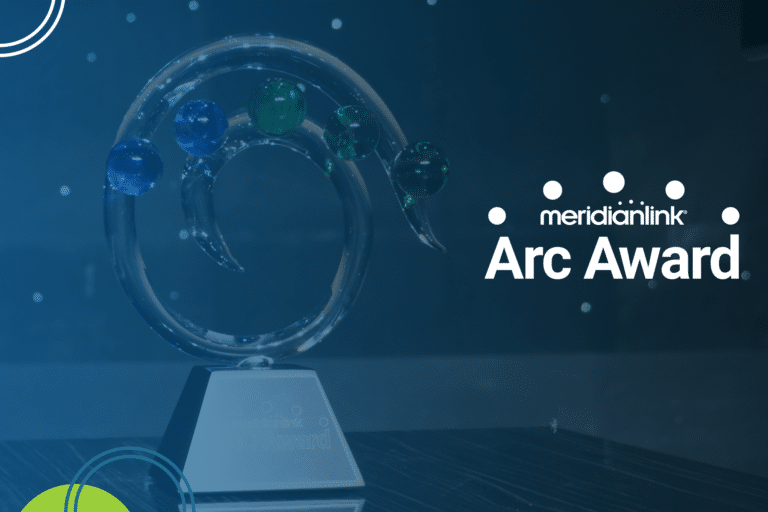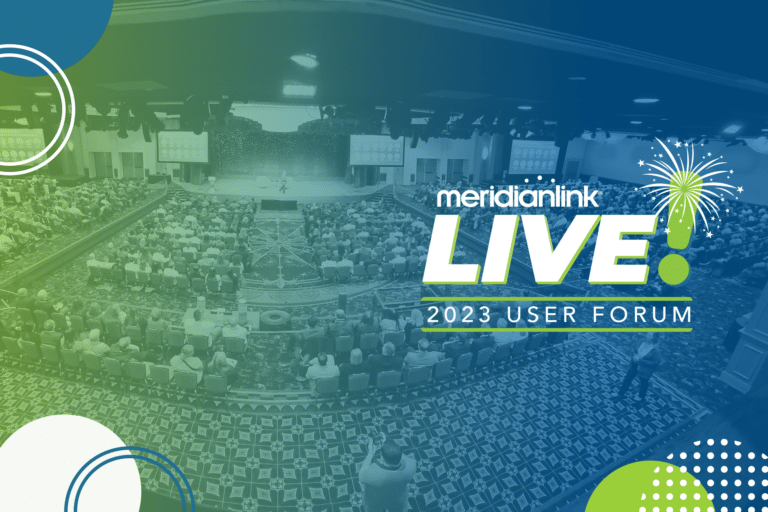For all of its advancements over the past decade, social media is still the Wild West in terms of trying to police behavior. The days of anonymous posters spouting off and trolling others are far from over, but that doesn’t mean that efforts to moderate content are not making serious strides.
In fact, Forbes published an article over the weekend suggesting compliance scoring as a way to automate moderation. It’s a very interesting idea and worth a read if you haven’t caught wind of how big data and AI can be used to gamify social media to reward positive interactions and behavior and punish negative or destructive behavior. As a result compliance to sites’ policies and guidelines would be much more transparent than it is today.
As technology continues to evolve, doors are opened that can lead to more sophisticated compliance measures. This is also true in the lending industry as loan origination systems incorporate more automation, reporting and other functionality to help financial institutions comply with regulatory standards.
Here are four important considerations that will help identify loan software that provides the most help regarding regulatory compliance:
Support for new lending regulations
A configurable loan origination system offers the greatest degree of flexibility and autonomy to implement compliance changes without the need to engage vendor assistance. It offers the ability to quickly make changes to support new regulatory requirements. If your loan origination system does not provide user-configurability, then you’ll want to be sure that your provider is committed to applying regulatory changes supported in their systems within the required time frame.
Confirmation tools
Being able to monitor and provide evidence that your institution is meeting regulatory and compliance guidelines is a critical requirement for any loan origination system. Determine if the system includes online dashboards and ad-hoc reporting that can be used to monitor and generate proof for audits.
Availability of external data sources
Depending on the type of loan, data from external sources may be required to decision the loan according to the regulatory requirements. For example, federal regulations require that the OFAC (Office of Foreign Assets Control) data repository be searched for each applicant to determine if a match is detected. For real estate loans, a search of data sources providing information on whether flood insurance is required for the property is required. Be sure the loan origination system has seamless integration to the external data sources you’ll be required to search.
Supporting documentation
Much of the documentation needed to provide a clear picture of what occurred with a loan to a compliance officer is often supplemental information such as tax returns, copies of driver’s licenses or existing appraisals. Some of this information is provided by the customer or member to satisfy stipulations, while other files may be added by the analyst or processor to support the decision or funding process. Your system must be able to add these attachments and have them permanently reside with the application record.
Compliance concerns were a high priority for Coastal Credit Union before it partnered with MeridianLink for our loan origination software and our account opening software, which operate on one platform for advanced efficiency and convenience. Crystal Robinson, Service and Delivery Manager for Consumer Lending at Coastal Credit Union, said the technology paired with MeridianLink’s subject matter expertise made a big difference.
“We definitely would not have gotten through the recent HMDA changes without the subject matter expert for the home equity module,” she said. “She was dedicated to helping us resolve the issues and provided outstanding follow up.”
Since partnering with MeridianLink, consumer loan volumes have jumped 78 percent from $900 million to $1.6 billion. Annual loan volume has increased 36.5 percent within an initial two-year period from 20,800 to 28,400 loans and 53.8 percent overall to 32,000 loans each year.






